top of page
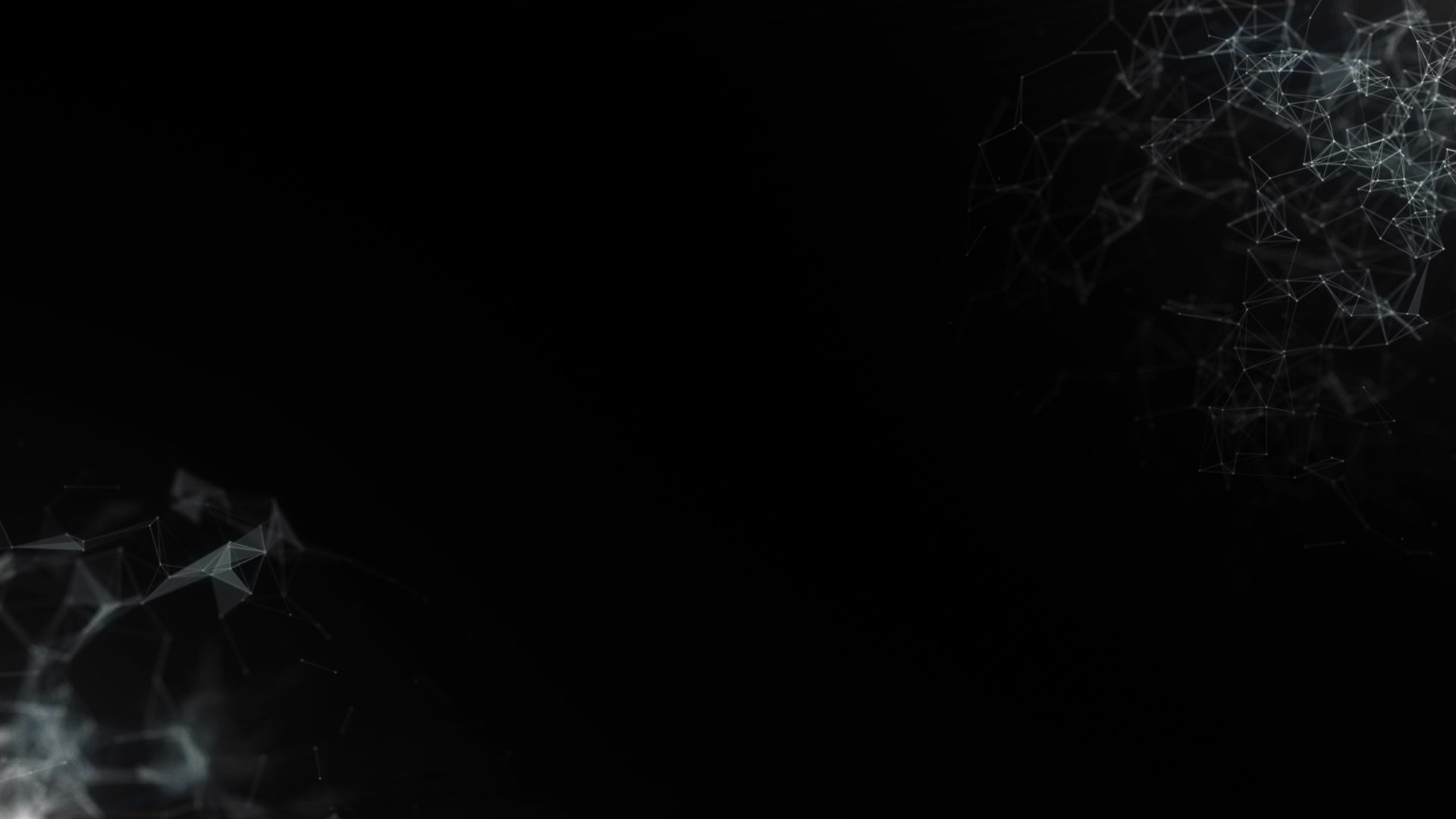





New painted icons in traditional technique





New painted icons in traditional technique





Original old icons restored


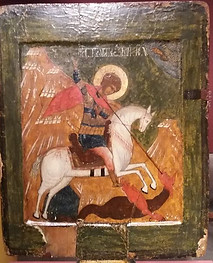


Original old icons restored

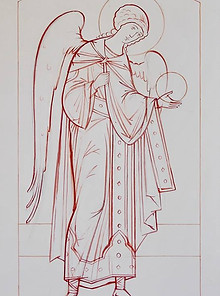
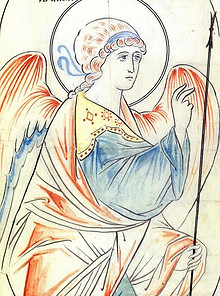
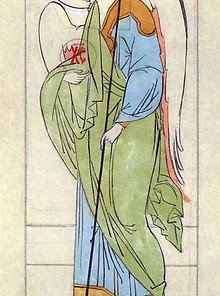

Painting process
Most Orthodox icons are painted using egg with mineral tempera pigments on specially prepared small wooden panels, or on cloth glued onto wooden panels covered with several layers of gesso or chalk emulsions. Painting is done in layers in a traditional stylization on a dark background topped with light accents blended together. Gold leaf is frequently used for halos and background areas; may also incorporate elaborate tin, bronze or silver exterior facades that are usually highly embellished and often multi-dimensional. These facades are called rizas or oklads. A regular aspect of icon painting is to varnish over the image with drying oil, either immediately after the paint is dry, or later on with waxes, such as hard-film carnauba or paste wax, and resins, such as dammar, copal, and shellac.
Restoration of old authentic icons must follow this technique and pigments and not use any new acrylic or oil paint and modern varnishes. Proper restoration done by qualified professionals should clearly mark repainted area and not cover any original areas while reinforcing damaged and rotten areas to conserve the value of the icons. Improper restoration done by amateurs using modern materials and paint over the original areas, will destroy the artistic and market value of the old icons.
Because icons in Orthodoxy must follow traditional standards and are essentially copies, Orthodoxy never developed the reputation of the individual artist as Western Christianity did, and the names of even the finest icon painters are seldom recognized except by some Eastern Orthodox or art historians. Icon painting was and is a conservative art, in many cases considered a craft, in which the painter is essentially merely a tool for replication. The painter did not seek individual glory but considered himself a humble servant of God. As the painter did not intend to glorify himself, it was not deemed necessary to sign an icon. Later icons were often the work of many hands, not of a single artisan.
Many Russian icons were destroyed, or sold abroad, some were hidden to avoid destruction, or were smuggled out of the country. Many older, hidden icons have also been retrieved from hiding, or brought back from overseas. Since the fall of communism, numbers of icon painting studios have again opened and are painting in a variety of styles for the local and international market that expanded beyond Orthodox believers to include those collecting them as examples of Russian traditional art and culture. The same period witnessed much forgery of icons painted in the old style. Such fakes, often beautifully done, were artificially aged through skillful techniques and sold as authentic to collectors. Some still turn up on the market today, along with numbers of newly painted intentional forgeries, as well as icons sold legitimately as new but painted in earlier styles. Many icons sold today retain some characteristics of earlier painting but are nonetheless obviously contemporary
bottom of page